Did you know that water voles once abounded in local streams, field crickets sang all summer long and wood pigeons were so plentiful that strings of them would stretch a mile across the sky?
This was back in the 18th Century as described by Gilbert White in The Natural History of Selborne – the seminal work of natural history writing.
White’s book is as readable today as it was in1788 when it was first published. He had a keen eye and was a careful patient observer and meticulous recorder of what he saw. His descriptions are vivid and exact and free of religious overtones (even though he was a parson) or scientific reductionism (which was prevalent at the time).
Most importantly, he recognised that the creatures he studied were individual beings with complex and purposeful behaviours and shared the same world as us. As Richard Mabey, says about White’s description of swifts in his introduction to the Penguin Classic edition: “[he] suggests that their lives have a richness and rhythm of their own”.
All this helps explain why the book has never been out of print since it was first published and is referenced by everyone from Darwin to David Attenborough. We are fortunate in living close to Selborne and that the village, White’s house and the surrounding area remain accessible so we can walk in great naturalist’s footsteps. But a visit also reminds us what we have since lost.
You will search the local streams in vain for water voles. You will no longer hear field crickets’ “cheerful summer cry”. You may see wood pigeons but there is nowhere near as many as there were in White’s day, while other bird species have declined or disappeared altogether. Swifts, which so intrigued and delighted White, have dropped in number by 60 per cent in the past 40 years; house martins by 25 per cent in the past 25 years. Corncrakes that once descended on the fields after harvest have gone from lowland Britain.
White wrestled for 30 years with the question of where swifts and martins disappeared to in the winter.
With our modern instruments and methods, we are now able to track them on their migratory flights to Africa.
But what would White make of the fact that despite all our advanced knowledge and technology, we continue to drive many bird, mammal, insect and plant species towards extinction?
By Clive Davidson
Chair, Transition Haslemere
Clive Davidson has lived in Haslemere for nearly 30 years and has been chair of Transition Haslemere since 2009.
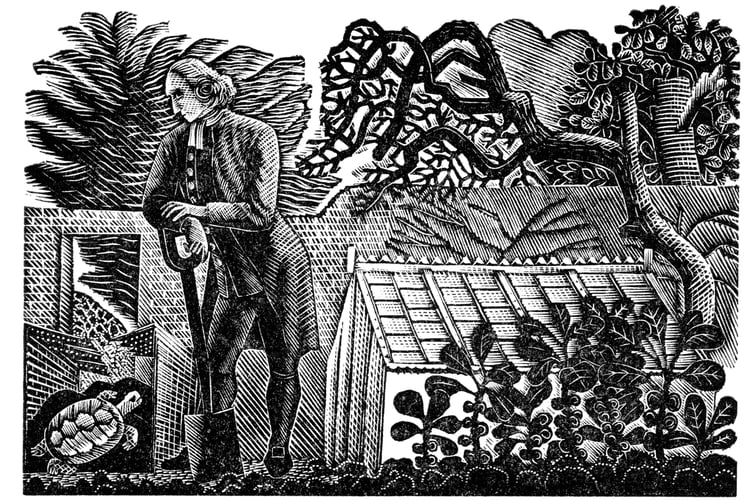
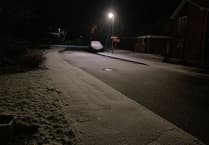
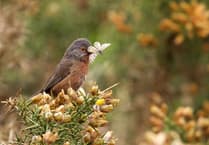
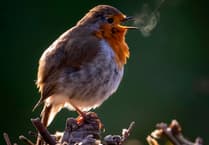
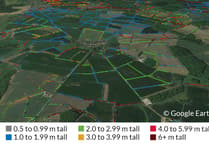
Comments
This article has no comments yet. Be the first to leave a comment.